LASSCO Archive
2922 items found
Page 229 of 244
-
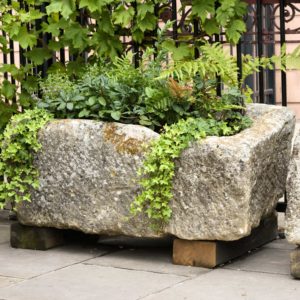
Large French limestone trough,
Large French limestone trough,
with rough hewn and well weathered exterior with extensive lichen growth. -
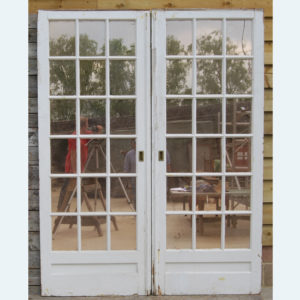
A pair of English mirror-glazed pine pocket doors,
A pair of English mirror-glazed pine pocket doors,
with glazed rectangular panels with rose-mirrored glass panels to the obverse, blind to the reverse with one large above one small raised oak panel to each leaf, -

A Victorian mahogany six panelled door,
A Victorian mahogany six panelled door,
with rectangular raised and fielded rectangular panels to each side, -

A Victorian mahogany five panelled door,
A Victorian mahogany five panelled door,
with a square double-moulded panel above two square and two rectangular panels, -
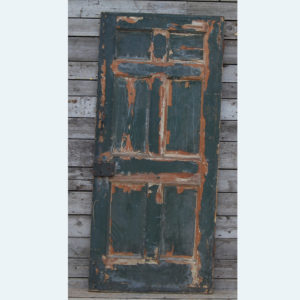
A English six panel painted pitch-pine door,
-

An English part-glazed mahogany pub door,
An English part-glazed mahogany pub door,
the upper section with a single arched acid-etched pane above two rectangular lower panels, -
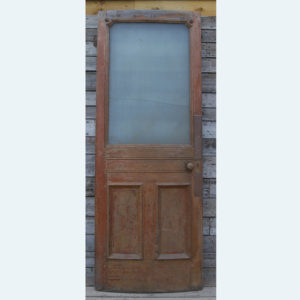
A Curved English part-glazed oak door,
A Curved English part-glazed oak door,
the upper section with an acid etched pane above a pair of lower panels, -

An English part-glazed pine door,
An English part-glazed pine door,
the upper section with four glazed panes above one wide and two rectangular lower panels, -

A George III style six panel pine door,
A George III style six panel pine door,
the raised and fielded panels with egg-and-dart mouldings to the obverse, -
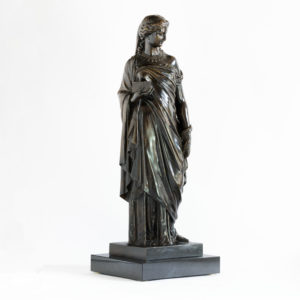
French mid-nineteenth century bronze of Pandora,
French mid-nineteenth century bronze of Pandora,
cast by the Barbedienne foundry, set on plinth base. -
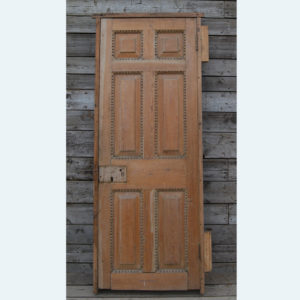
A George III style six panel pine door,
A George III style six panel pine door,
the raised and fielded panels with egg-and-dart mouldings to the obverse, -

Small French pine framed mirror,
